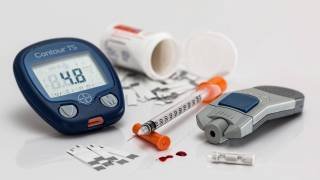COVID-19 Outbreak Clues Found Sooner in Wastewater

Large-scale wastewater surveillance can significantly augment the tracking of infection dynamics such as COVID-19.
The Journal of the American Society for Microbiology published a study by researchers from the University of California San Diego. This study describes a mostly-automated early alert system that uses high-throughput analysis of wastewater samples to identify buildings where new COVID-19 cases have emerged.
This alert system works even before infected people develop symptoms.
Smruthi Karthikeyan, Ph.D., who led the design of the system, said in a press statement, "It lets us get a handle on new outbreaks before they get worse.”
However, current methods for viral detection in wastewater are severely lacking in scaling up for high throughput.
In the present study, these researchers employed an automated magnetic-bead-based concentration approach for viral detection in sewage that can effectively be scaled up for processing 24 samples in a single 40-min run.
The method compared favorably to conventionally used methods for viral wastewater concentrations with higher recovery efficiencies from input sample volumes as low as 10 ml and can enable the processing of over 100 wastewater samples in a day.
The high-throughput protocol's sensitivity was shown to detect one asymptomatic individual in a building of 415 residents.
Using the high-throughput pipeline, samples from the influent stream of the primary wastewater treatment plant of San Diego County (serving 2.3 million residents) were processed for 13 weeks.
Wastewater estimates of the SARS-CoV-2 virus genome copies in raw untreated wastewater correlated strongly with the county's clinically reported cases. When used alongside past reported case numbers and temporal information in an autoregressive integrated moving average model enabled prediction of new reported cases up to 3 weeks in advance.
Taken together, the results show that the high-throughput surveillance could greatly ameliorate comprehensive community prevalence assessments by providing robust, rapid estimates, concluded the researchers.
The American Society for Microbiology is one of the largest professional societies dedicated to the life sciences and is composed of 30,000 scientists and health practitioners. Its mission is to promote and advance the microbial sciences.
CoronavirusToday publishes research-based news.





.jpg)










.jpg)
.jpg)





.jpg)

